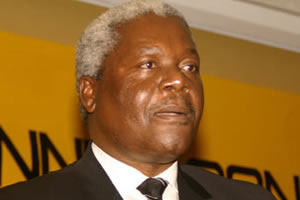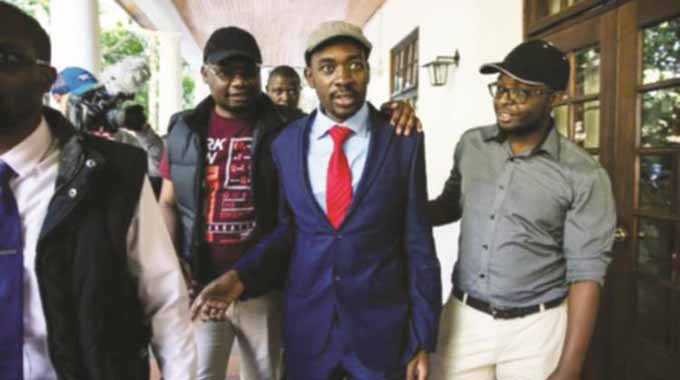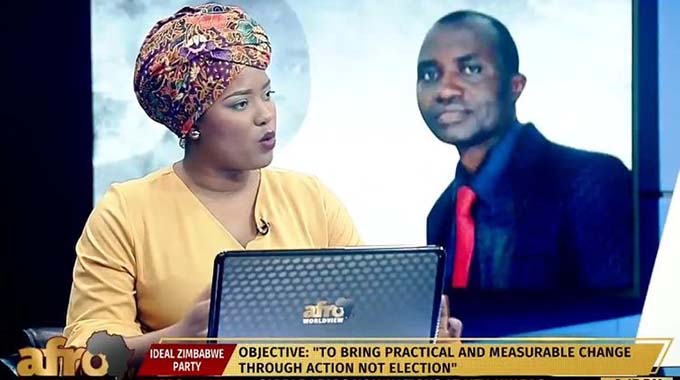Artistic expression, illusion and heroism
means and hold it fixed so that a hundred years later, when a stranger looks at it, it moves again since it is life.”
I cross over the Limpopo into South Africa where art has become a major talking point.
“The Spear”, that gargantuan painting (185 cmx140cm), depicting President Jacob Zuma; a painting that said so much about our yesterday, today and tomorrow; a painting reviled by many for the artist’s lack of feeling and disrespect, while being celebrated by others as the epitome of freedom of expression, could have been an artwork of the year for all the right and wrong things, is still a live topic, four months after the painter (Brett Murray), the gallery and City Press stirred the hornet’s nest.
Other aspects of the artwork aside, the best I can say about Murray’s “The Spear” is that it made a mockery of our fathers and their manhood in general.
Collapsing history from Vladmir Lenin to Jacob Zuma in this painting also showed that history cannot just be ignored as some would want us to do. Why would Brett Murray remember so much detail, even that which is hidden if history is irrelevant in charting a better future?
However, four months down the line, it was ironic that the persona that stirred so much debate through “The Spear”, President Zuma unveiled yet another magnificent art work — a sculpture of former South African president Nelson Mandela commemorating the 50th anniversary of Mandela’s arrest.
The ceremony took place at the Nelson Mandela capture site, three kilometres outside Howick on the R103 in Kwazulu-Natal province on August 4.
According to Li Qihua of Xinhua news agency, the sculpture, by artist Marco Cianfanelli, comprises 50 steel column constructions lining up to create the illusion of a portrait of Nelson Mandela.
Every time you see an artwork, new angles, new perspectives and new meanings come out. This is why good art is valueless.
There is no point of comparison between Murray and Cianfanelli’s artworks although they represent South Africa through its founding fathers. The issue about who is making these artworks and why is for another instalment, but this is my point of depar- ture.
In my view, Marco Cianfanelli’s sculpture is a representation of an incarcerated Mandela, who through the barricades represented by the 50 steel columns could not escape from Robben Island for 27 years.
It is also a representation of a Mandela whose mindset is imprisoned by his captors, and at the same time suffocating him through their appropriation of his heroism.
Cianfelli’s piece is a wonderful piece of work that tells Mandela’s story through those 50 steel columns. The 50 columns are also a part of Africa’s fight against colonialism.
I asked myself — why those steel rods; the colour; the sadness on Mandela’s face and other special effects used, and I concluded that this is the personification of pain — the pain that he bore for so many years.
The pain that Africa has been going through since the days of slavery. The pain of an unfinished piece of work as neo-colonialism threatens Africa’s existence.
The pain that he could still not talk about despite the many books and interviews; the pain he will take with him and that will remain with future generations, for it was not a struggle for freedom that he fought globe trotting from one Western city to another, sleeping in five-star hotels. It was a pain he bore shackled and labelled a terrorist.
Mandela in this artwork is the epitome of pain inflicted on African people by Western colonisers, including some Americans and Australians who think that by using Mandela’s name willy-nilly, they can erase the principles that Mandela stood for from the time he decided that his law degree was meaningless without true freedom.
Nelson Mandela is not a pop-culture figure. Australian Prime Minister Julia Gillard in a bid to impress the MDC-T leader Morgan Tsvangirai recently equated him to Mandela.
To show that this was just an illusion and that it did not fit, Tsvangirai last week went on a rampage attacking Africa’s nationalists for lacking “vision”.
Wait a minute, Mr Prime Minister! Is Nelson Mandela not one of those nationalists you attacked, whose heroic exploits you now want to erode by saying and everything that the West desires to hear?
If that statement was said by Zimbabwe’s born-frees, it would be acceptable because they have lots of expectations. But Mr Prime Minister, you belong to that generation that could have been among the nationalists you blame for all of Africa’s ills.
What did you do then? You can’t chart a new future when you are part of the age group that should have done it way back.
Fidel Castro said a revolution is not a walk in the park. You speak about a “third revolution”.
We ask, when did you fight the other two revolutions? You can’t appropriate the revolutions fought by nationalists whom you backstab, Nelson Mandela included. This chameleon-like attitude might be pleasing to the likes of Julia Gillard and others like her, but it was the very act that turned some into sell-outs. Maybe the Australian prime minister should in future understand that just as much as they venerate their history and its history, so do we.
If Australia succeeded in disempowering the aborigines, Africa’s nationalists are not like that. A B Facey’s autobiography, “A Fortunate Life” is an expose of how colonialists stole land from the aborigines. But you can’t continue to steal our history and misrepresent it to suit your neo-colonial agendas.








Comments